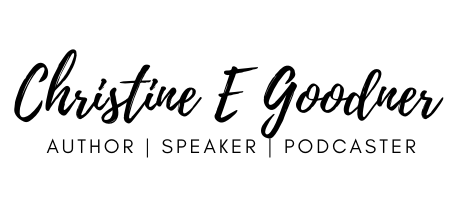This week’s episode of the Time to Practice podcast is the second in a two-part…

Life Lens: Seeing Your Children in Color [Author Interview]
I have never been a one size fits all teacher – I’m always trying to figure out what makes each student light up, learn more easily and be more receptive to my teaching.
In my experience, the Suzuki Triangle works best when everyone makes an effort to understand and respect each other’s point of view. Because this is an important part of my teaching, I was very excited to hear about Michele Monahan Horner ‘s new Book Life Lens: Seeing Your Children in Color.
I reached out to Michele after hearing her give a talk about her book at the 2016 Suzuki Conference in Minneapolis and was excited to speak to her by phone from her home in New York about the new book.
Life Lens: Seeing Your Children in Color is based on 9 elements of observable behavior that are fixed from birth.
Like the spectrum of the rainbow, there are 7 colors each depicting a different set of traits or type of person. The ideas in the book have been tested out over the past 5 years with Michele’s students and in the Brooklyn Conservatory of Music where they have been met with much success.
The book is meant to be a fast read and a user friendly guide written from the Suzuki teacher’s perspective to help adults “quickly and organically understand the people in their lives and how to best work with them”.
Before her research for this book, Michele relied a lot on her instincts and trial and error to see what worked best for each student – this is a shortcut to all that. Michele says:
“People will say “It’s like magic!” But really it’s not magic – it’s giving each person the most amount of respect & dignity and really seeing them for who they are & communicating with them in their best way.”
While many psychological tests out there (Meyer’s Brigs, DISC Profiles etc) may suggest a person is a percentage of a couple of categories – in this system a person is only one color. People may see traits they identify with in a few of the color descriptions and may in fact be able to learn in many different ways, but the color is meant to describe how a person learns BEST.
There is an easy to use reference section at the end of the book that helps adults with the “dos & don’ts” of each color type so that it can be put into practice in daily lessons and practice right away.
Here’s a real life example of how it works:
Michele had a colleague of hers call up and ask for help. A violin student’s family was really struggling with resistance in daily practice and the lessons weren’t going well either.
Michelle was able to ask some questions and identify this child as the color red. She knew that students who are red are physical learners, they are creative and problem-solving, and they are very aware when they are right or wrong and can be very sensitive to critical feedback.
Knowing all this she was able to give some of the following suggestions …
- Use less stickers (visual) and more doing things, like practicing fingering on the right arm (kinesthetic) .
- Have the student use their creativity & problem solving skills to help come up with their own practice games.
- Use a finger puppet or a face drawn on the hand and have that object give feedback rather than the parent directly.
The results came in… The parent said they were in tears because things were going so well! The student was coming up with their own games and there was less resistance in practice . . . the teacher was happy because lessons are going better too. This was a powerful example of the Life Lens approach in action. The adults needed to learn to speak the child’s language, and then everything changed.
One of the more interesting things Michele shared was when I asked her what the most surprising thing she learned was while researching her book.
She was most surprised that there are different types of visual learners – most people think of all visual learners the same, but in fact they do not all learn the same way.
The three main ways of learning visually are:
- watching and imitating
- seeing something in picture or diagram form
- reading something linear (like a story) that explains a concept
This was fascinating to me & knowledge I can’t wait to use as I work with my own students!
To read more about these ideas and how to use them in your own teaching and practicing with children Life Lens can be purchased from Amazon or from the website www.LifeLensInColor.com.
Working Productively with Your Child in Practice

Sign up for the free 5 day email course! Learn how to minimize conflict and increase results in your practice sessions with your child!
Read our privacy policy HERE
This Post Has 3 Comments
Comments are closed.



[…] book was recently reviewed on the blog, The Triangle: Parent, Teacher, Child written by Christine […]
[…] Life Lens: Seeing your Children in Color A great resource for understanding the personality of your child and how to work with them successfully in practice. You can read my interview with Author Michele Monahan Horner Here […]
[…] Life Lens:Seeing Your Children in Color by Michele Monahan Horner This is a great resource for better understanding what motivates your child and how they learn best. I learned about it at the SAA conference this year and it has been a frequent topic of conversation with my colleagues in Oregon – it is a great resource! You can read my interview with Michele Monahan Horner about the book HERE. […]